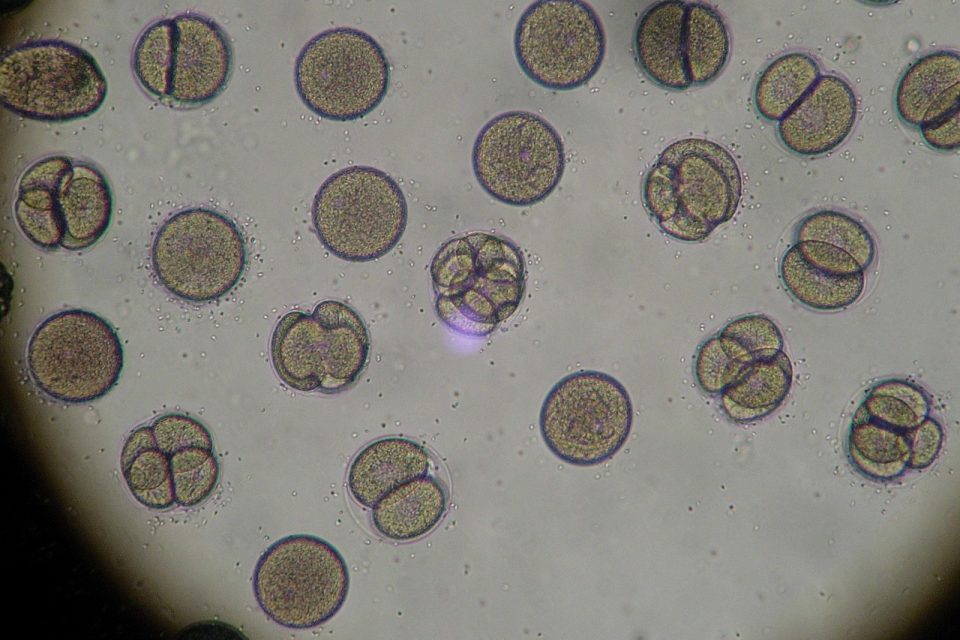
How Are Plant Cells Different Than Fungi Cells?
On the cellular level, how are plants and fungi different? Plantae and Fungi are two of the three main kingdoms in the domain Eukaryota (the third group is Animalia, which includes you and me).
Many fungi grow in a way that’s similar to plants. They inhabit similar ecosystems and may even form symbiotic relationships together. Mycorrhizae are fungi that grow on the roots of plants, helping the plants take up nutrients in the soil while the plant provides the fungus with sugar. Of course, most fungi don’t look much like plants.
But the differences between fungi and plants are more than just skin (or bark) deep. While mushrooms often inhabit similar ecosystems to plants, molds and yeasts are even more different from plants!
Looking at a plant cell and a fungi cell under a microscope will reveal some interesting similarities and differences.
Similarities Between Plant Cells and Fungus Cells
On a cellular level, plants and fungi do have some similarities. Let’s start there.
Both plant cells and fungi cells:
- Have cell walls. This is basically a thin, tough shell made of sugars that surrounds the cell. Animal cells (like yours) don’t have this cell wall.
- Have membrane-bound nuclei, like animal cells. Prokaryotic cells do not have these.
- Have DNA condensed thanks to histone proteins (again, like all Eukaryotes but not Prokaryotes).
- Have organelles, including mitochondria. You and I also have organelles.
- Produce different tissue types. Animals can also do this.
Plants and fungi also both are non-mobile as adults, though the seeds of plants and spores of fungi can travel great distances. Fungi have rootlike structures called hyphae as well – though this similarity isn’t at the cellular level.

Differences Between Plant Cells and Fungus Cells
Despite all of the similarities between plants and fungi, they’re dramatically different groups of organisms.
Differences between plant cells and fungus cells include:
- The cell wall of a fungus is made up of a three-part matrix of chitin, glucans, and proteins. The cell wall of a plant is usually made of cellulose, hemicelluloses, pectin, agar, and others.
- Fungi absorb their food from the substrate they grow on – whether that’s soil, a plant, a piece of bread, or even a living animal. This is why fungus can be such a big problem in crops and your produce drawer!
- Fungi produce fruiting bodies called spores, whereas most plants produce seeds. The exception here is ferns, which produce spores similar, but not identical to, to fungi’s.
- Some fungi, including yeast, appear in single-cellular forms.
- Fungi cells don’t have chloroplasts, the organelle that plants use to turn sunlight into energy.
Unfortunately, all of these differences don’t necessarily make it easy to tell the difference between a plant cell and a fungus cell under a microscope. It’s not likely that looking at a cell will tell you if its cell wall is made of chitin or chloroplast, and finding a chloroplast isn’t easy either.
It’s generally easier to actually identify a fungus or plant by looking at the whole organism, rather than trying to identify it at the cellular level!












